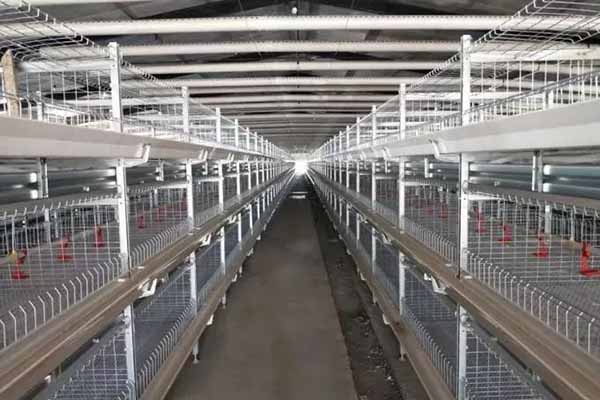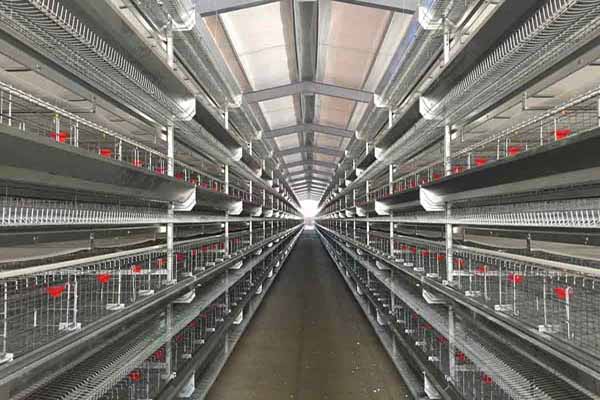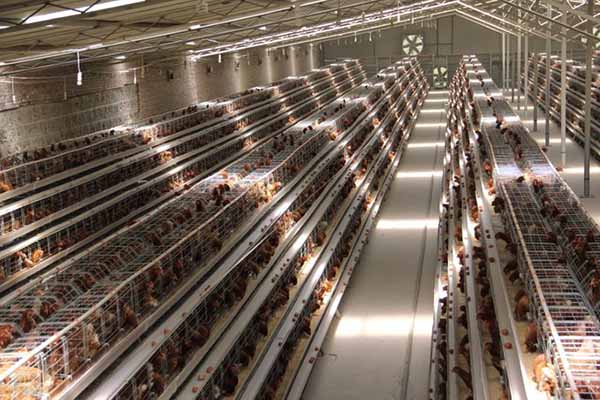How Much Money Can Tanzanian Chicken Farms Save by Using Automated Equipment?
Time : 2025-06-25
As the poultry industry continues to evolve, Tanzanian chicken farms are increasingly turning to automated equipment to enhance efficiency and reduce costs. The adoption of automated systems in chicken farming can lead to significant savings in various aspects of the farming process. In this article, we will explore how much money Tanzanian chicken farms can potentially save by integrating automated equipment into their operations.
Introduction to Automated Equipment in Chicken Farming
Automated equipment in chicken farming refers to the use of machinery and technology to perform tasks that were traditionally done manually. These tasks include feeding, watering, monitoring health, cleaning, and even egg collection. The integration of automated systems can lead to improved productivity, reduced labor costs, and better overall farm management.

Benefits of Automated Equipment
Before delving into the potential savings, it’s essential to understand the benefits of automated equipment in chicken farming:

- Increased Efficiency: Automated systems can perform tasks at a faster rate than humans, leading to higher productivity.
- Reduced Labor Costs: By automating certain tasks, farms can reduce the number of workers required, thereby cutting down on labor costs.
- Improved Animal Welfare: Automated systems can provide a more controlled environment for the chickens, leading to better health and welfare.
- Data-Driven Decision Making: Automated systems can collect and analyze data, enabling farmers to make informed decisions.
Calculating Potential Savings
Calculating the exact amount of money that Tanzanian chicken farms can save by using automated equipment requires considering various factors. However, we can provide a general overview of the potential savings in different areas.
1. Feeding and Watering Systems
Automated feeding and watering systems can lead to significant savings in the following ways:
- Consistency: Automated systems ensure that chickens receive the right amount of feed and water at regular intervals, leading to better growth and health.
- Reduction in Waste: By controlling the feed and water distribution, farms can minimize waste, which can be costly.
- Time Savings: Employees spend less time on feeding and watering, allowing them to focus on other tasks.
Assuming a typical chicken farm spends $1,000 per month on feed and water, implementing an automated system could reduce this cost by 20-30%. This translates to a potential savings of $200-$300 per month.
2. Health Monitoring and Disease Prevention
Automated health monitoring systems can detect early signs of illness in chickens, enabling prompt treatment and reducing the risk of disease outbreaks. The potential savings here include:
- Reduced Treatment Costs: Early detection and treatment can prevent the spread of diseases, saving on medication and veterinary services.
- Reduced Losses: By preventing disease outbreaks, farms can avoid the loss of chickens, which can be significant.
Assuming a disease outbreak results in a 5% loss of chickens per year, and the cost of a single chicken is $5, implementing an automated health monitoring system could save the farm $250-$375 per year.
3. Egg Collection and Handling
Assuming a chicken farm collects 1,000 eggs per day, implementing an automated egg collection system could save the farm approximately $200 per day in labor and breakage costs. This translates to a potential savings of $73,000 per year.
4. Energy and Water Conservation
Automated systems can also contribute to energy and water conservation, leading to additional savings:

- Energy Efficiency: Automated systems can optimize the use of energy, reducing utility bills.
- Water Conservation: Automated watering systems can minimize water waste.
Assuming a typical chicken farm spends $500 per month on energy and water, implementing automated systems could reduce these costs by 10-20%. This translates to a potential savings of $50-$100 per month.
Conclusion
In conclusion, Tanzanian chicken farms can potentially save a considerable amount of money by integrating automated equipment into their operations. The exact savings will depend on various factors, such as the scale of the farm, the type of equipment implemented, and the efficiency of the farming process. However, by focusing on areas such as feeding, health monitoring, egg collection, and energy conservation, farms can achieve significant cost savings and improve their overall profitability.











